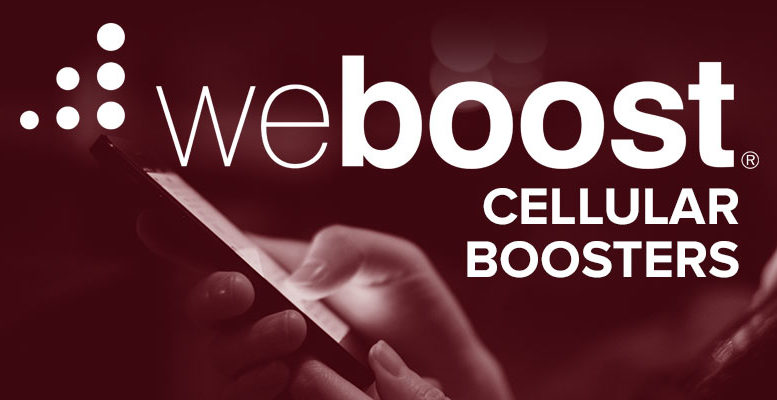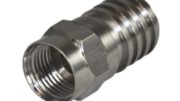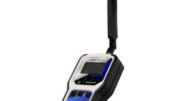Everyone needs a cellular signal booster. The most commonly accepted number is that 95% of people experience low cell signal every single day. So if you don’t have a cell phone signal booster, it’s not a matter of “if,” it’s a matter of “which one” you should choose.
Introducing weBoost cell phone signal boosters for business
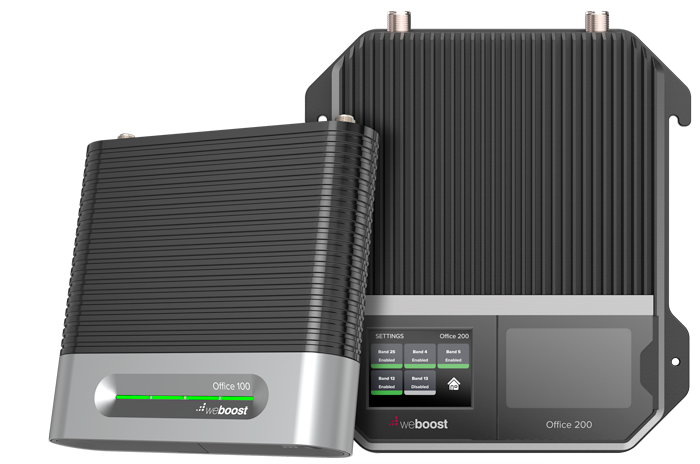
weBoost has been known for years as the consumer-focused line of Wilson Electronics. Wilson practically invented the cell phone signal booster back in the early 21st century. They’ve been at the forefront of the cell booster revolution and even helped write the rules that make cell boosters safe to operate in the US.
For years, there have been two choices. weBoost’s home and small-office boosters have been great for smaller spaces. WilsonPRO serves spaces up to 100,000 square feet and larger. But what about medium-sized businesses? If you have spaces from 6,000 to 20,000 square feet to cover, you were left with some tough choices. That is, until now.
weBoost’s new line of Office boosters will help you. The Office 100 is perfect for medium-sized office. The Office 200 brings the power to larger spaces, and the Wilson Installed | Office 200 adds professional installation and design to make sure you get the most out of what you have.
The choice you didn’t know you could make
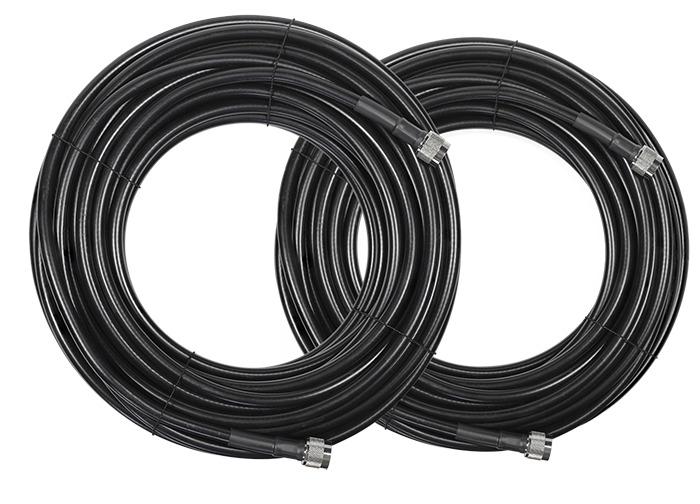
Ready for a new weBoost booster? There’s one more choice you should make. Each booster comes in two versions. There’s a 50-ohm version and a 75-ohm version. Which should you pick? That depends on your installation. Both use comparable amplifiers and antennas, so what’s the difference?
The argument for 50 ohm
When you buy a consumer cellular booster, you get everything you need to do the job. This includes all the cables you’ll need. If you choose a 50-ohm booster you’ll get the meaty cables you see above you, with larger N-connectors on each one.
The 50-ohm cable that comes with these boosters has two benefits. It has extra shielding which can help if your office uses a lot of electronic devices. (Whose office doesn’t?) The other benefit is that the cable itself has lower loss than typical 75-ohm cables. This means more of that amplification gets to the antennas, instead of being lost in the wiring. In other words, you get the most out of your money.
The argument for 75 ohm
75-ohm cables are smaller in diameter than 50 ohm cables, and they have smaller F-connectors on the ends. This can make a difference in crowded wiring trunks. The cables supplied by weBoost are the best possible, with thick shielding and the lowest possible loss.
Really, though, the benefit of 75-ohm cable is that if you already have it in your facility, you can use it. This can make installation faster. If you have unused cable company or satellite TV wiring, or even relatively modern TV antenna wiring, you can make short work of the install.
Of course, the amount of loss you get over those older cables depends on their condition. It’s up to you to decide if they’re suitable.
You may be wondering…
If the real benefit of the 75-ohm version is that it can work with existing cables, why does it come with its own cables? It’s a federal rule. All cell phone signal boosters designed for consumer installation must come with everything you need to install them. Simple as that. You don’t have to use the cable that comes with it, if you don’t want to.
My bottom line recommendation
If this is a new install and you want the best possible results, choose the 50-ohm versions of the boosters. The cable is a little bit harder to work with but you’ll be glad you took the extra effort. If you are working with existing wiring, choose the 75-ohm versions.
Whichever you choose, the most important thing is that it will bring great cell service to your office! When you’re ready to improve the quality of life for your customers and employees, shop the great selection of cell boosters from Solid Signal.

